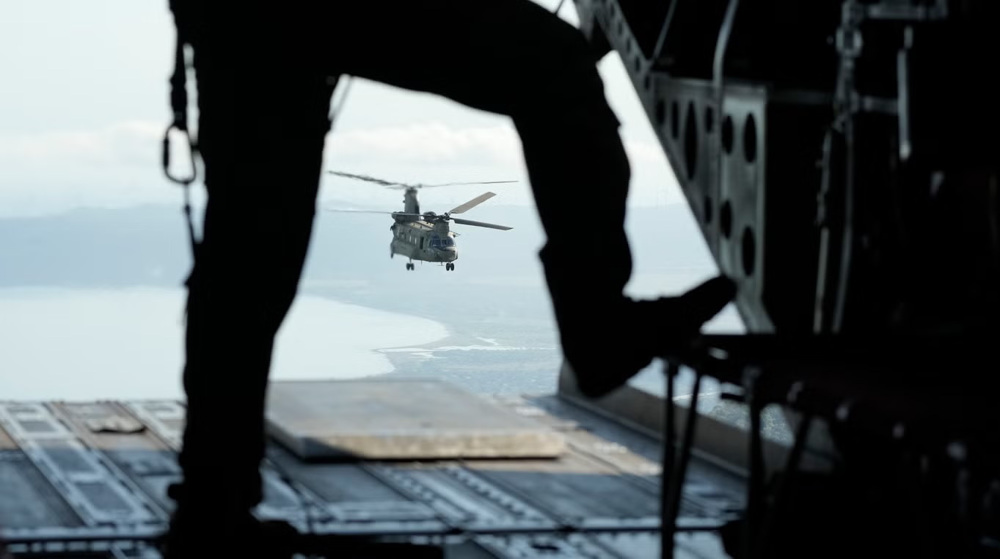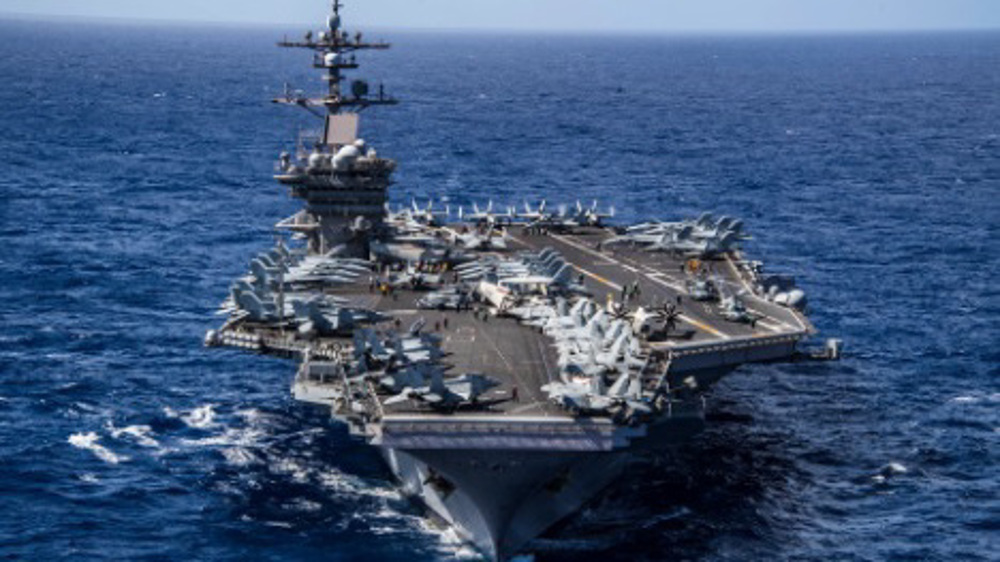US Navy tested chemical weapons in the 50s: Video
A recently declassified video reveals that the US Navy has conducted major experiments with chemical warfare in 1950s, sometimes using ordinary people as subjects.
Although chemical weapons were deemed "allowable" at the time, the video shows that the US Navy did not shy away from conducting experiment on American people, the Huffington Post reported on Tuesday.
In the film we can see techniques improvised by the US military to develop and disperse the advanced weapons across huge areas.
The 14-minute video illustrates how the US coastline becomes a testing ground, where significant amounts of seemingly harmless but traceable chemicals are released to the air and water.
The US Navy used huge sprayers on minesweepers and crop-dusting sprayers on naval planes to conduct huge tests across the Western seaboard.
The United States began its chemical weapons program in 1917, during World War I. The program came to its end 73 years later in 1990, when Washington practically adopted the Chemical Weapons Convention arms control treaty.
The United States produced nearly 40,000 tons of chemical weapons since World War I until 1968. The weapons were either nerve agents or blister agents.
The US Army disposed of thousands of chemical warfare agents and ammunition into the sea between 1967 and 1970, as part of the Operation Cut Holes and Sink 'Em (CHASE). Two years later, Congress passed a bill that prohibited such dumping measures.

In March, Washington announced that it will begin to destroy one of its major chemical weapons stockpiles in the Pueblo Chemical Depot, in Pueblo County, Colorado. The storage facility is home to some 2,611 tons of World War II-era mustard agent.
Mustard agent is a blister agent and can cause skin redness and itching, eye irritation and scarring. It can also increase the risk for lung and respiratory cancer.
During the Vietnam War, the US military used Agent Orange, a herbicide mixture that contained a dangerous chemical contaminant called dioxin.
Estimates by the Red Cross indicate that at least three million Vietnamese have been affected by the chemical toxin, including at least 150,000 children who were born with birth defects.

China deploys naval group in warning to US, Philippines over drills

Yemen asserts enhanced military readiness; takes US aircraft carriers under firepower

After second Signalgate scandal, Democrats call for Hegseth’s resignation
Ukraine may have to 'give up land' to Russia to secure peace: Kiev mayor
VIDEO | UN blasts Israeli settler deadly violence as settlers storm West Bank town, desecrate shrines
Lebanese parliament speaker rejects disarmament of Hezbollah amid Israeli aggression
China supports Iran’s peaceful nuclear program, diplomatic engagement: Envoy
Yemen vows payback as Saudis, Emiratis whisper dirty US plots in the dark
Oil Minister Paknejad: Russia to build nuclear plant in Iran with own funds
UAE deploys radar in Somalia to monitor Yemen’s anti-Israel strikes
Iran summons Dutch envoy over 'baseless' accusations against Tehran







 This makes it easy to access the Press TV website
This makes it easy to access the Press TV website